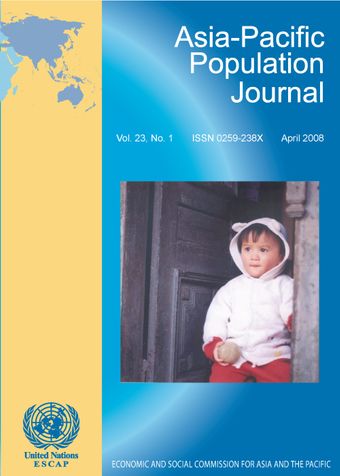-
The Japanese elderly as a social safety net
- Source: Asia-Pacific Population Journal, Volume 23, Issue 1, Jan 2009, p. 105 - 113
-
- 15 Jan 2009
- Previous Article
- Table of Contents
- Next Article
Abstract
In the post-Second World War period, Japan’s fertility decline was not only the earliest to occur but also the greatest in magnitude among all industrialized nations. From 1947 to 1957, the total fertility rate (TFR) declined by more than 50 per cent from 4.54 to 2.04 children per woman. This 50 per cent reduction of fertility over a 10-year period is a first in human history. In the 1960s, there were only minor fluctuations around the replacement level of fertility (2.1), but subsequent to the oil crisis of 1973, the TFR started to fall again, reaching 1.32 in 2006. These demographic developments have been causing a great amount of concern in various spheres of contemporary Japanese society. For example, rapid population ageing has already imposed serious financial pressures on the social security system, and these pressures are expected to increase further in the coming years. The Government of Japan has been increasingly concerned about this problem in recent years and has tried to shift some of the costs of the social security system back onto families.





